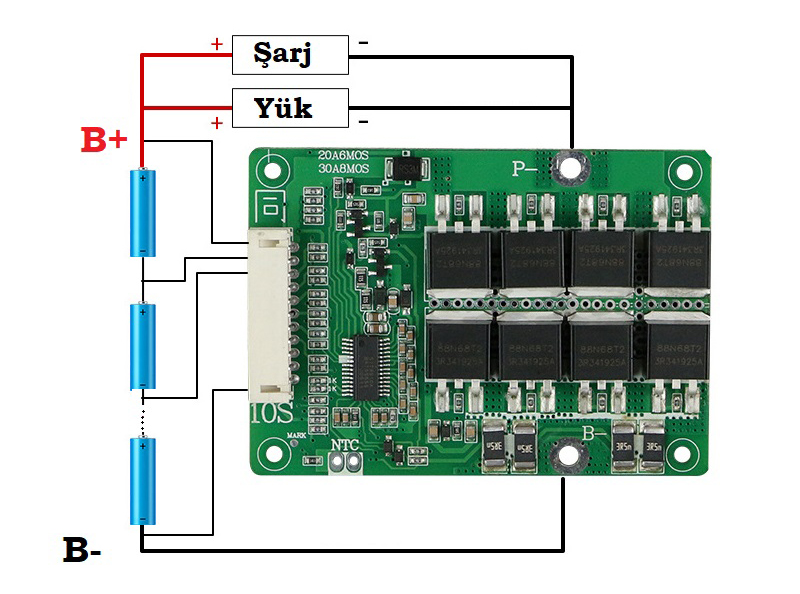Lithium-ion batteries are widely used in various applications, from portable electronic devices to electric vehicles. To ensure the safe and efficient operation of these batteries, the Battery Management System (BMS) plays a crucial role. The BMS monitors and controls the battery's voltage, temperature, charge/discharge rate, and other essential parameters. In this article, we will explore the importance of identifying BMS issues and ways to recognize and address these problems.
The Importance of BMS
For a battery to function healthily and safely, it needs proper management. Here are some reasons why BMS is crucial:
- Safety: BMS prevents the battery from overheating, overcharging, or over-discharging, preventing the battery from exploding or causing a fire.
- Longevity: By ensuring the battery operates under optimal conditions, BMS extends the battery's lifespan.
- Efficiency: BMS is necessary for efficiently charging the battery and preventing energy loss.
- Performance: In applications requiring high performance, such as electric vehicles, BMS optimizes the battery's power.
Identifying BMS Issues
Detecting BMS card problems and issues is a critical step that impacts the battery's safety and performance. Here are some ways to identify BMS problems:
- Abnormal Temperature: If the battery's temperature is significantly higher than expected or rapidly increasing, it may indicate a BMS issue. Checking temperature sensors is crucial.
- Abnormal Charge/Discharge Behavior: If the battery charges too quickly or discharges rapidly in an abnormal manner, these could be signs of BMS problems.
- Voltage Imbalance: BMS monitors voltage imbalances between cells. If this imbalance is substantial, it could indicate BMS issues.
- Error Codes: BMS often produces error codes, which are used to identify issues. If you receive error codes, take them seriously.
- Extended Charging Time: If the battery takes much longer than usual to charge, it could be indicative of BMS problems.
Resolving BMS Issues
To address BMS issues, you can follow these steps:
- Review Error Codes: Examine the error codes produced by the BMS and understand their meanings. These codes can help identify the source of the problem.
- Temperature Control: Regularly check the battery's temperature and intervene immediately in cases of overheating.
- Seek Professional Help: BMS issues can be complex, so seeking professional assistance is important. Battery experts can help diagnose and resolve problems.
In conclusion, identifying and resolving BMS issues is of critical importance for battery safety and performance. Regularly checking the BMS and promptly addressing error situations is essential to maintain battery health.


